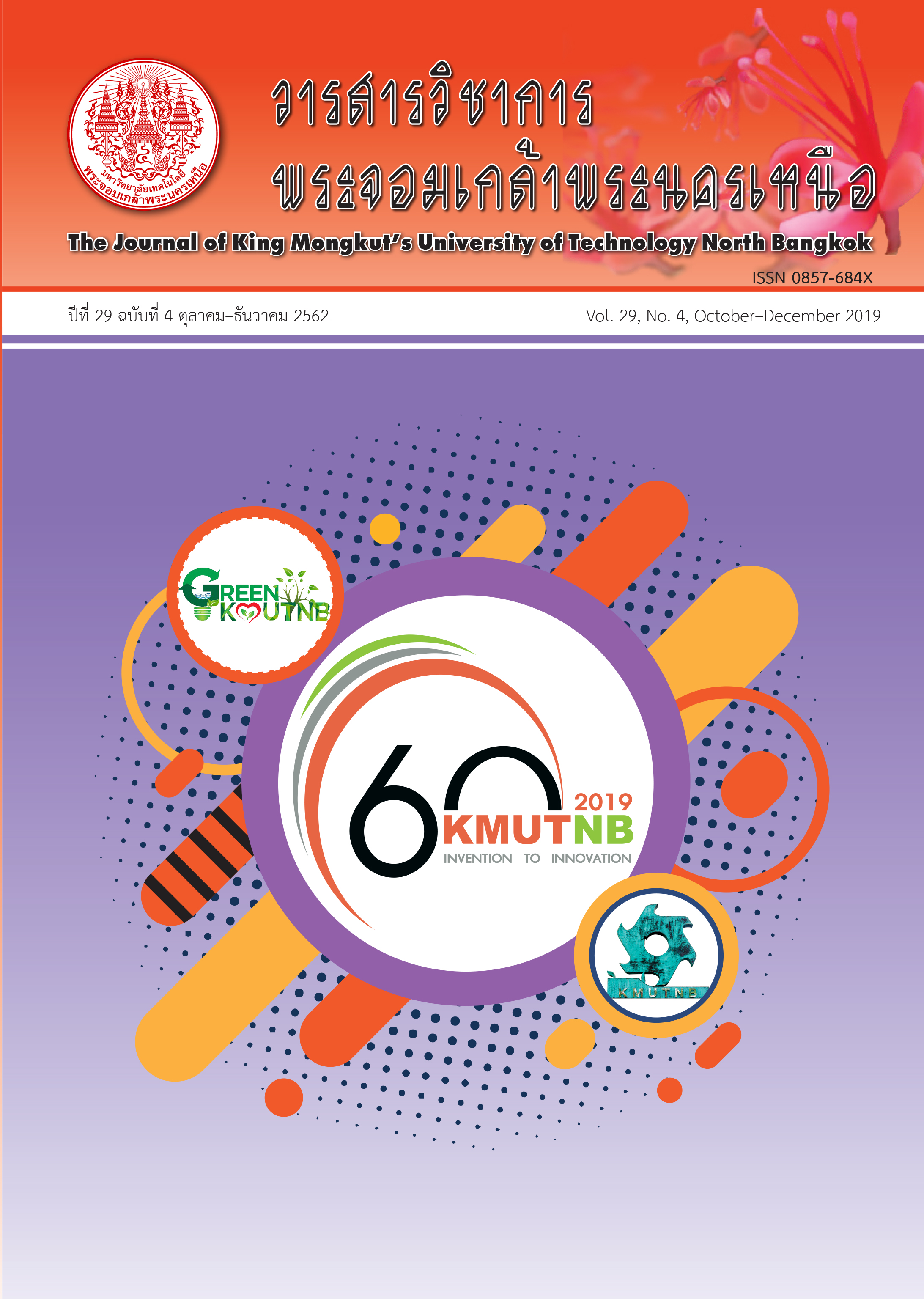The Development of Entrepreneur in Bread Product Business in Small and Medium Enterprises for Sustainable Development
Main Article Content
Abstract
The purposes of this research were to study the operating conditions and factors that are components of the entrepreneurial development model in the bread product business and develop the entrepreneurial development model in bread product business in small and medium enterprises for sustainable development. This research was conducted under the method of quantitative and qualitative research. The qualitative research tool was informal questionnaires used for in-depth interview in bread product business in small and medium enterprises for 10 entrepreneurs and managers and then focus group with 13 professionals, the size of sample group consisted of 400 sets. The statistical used for data analysis were mean, standard deviation and multiple regression. Also, multiple regression analysis was employed for analyzing correlations of factors affecting achievement of developing entrepreneur in bread product business in small and medium enterprises for sustainable development. The results of the model of entrepreneur development in bread product business in small and medium enterprises with main factors and sub factors as follows: The main factors in management skills comprised of sub factors as follows: 1) Determining policies and organizational goals 2) Systematic management 3) Budget management. The main factors in human resources skills comprised sub factor as follow: 1) Internal communication 2) Maintaining good standards of the organization 3) Labor’s quality 4) Honesty to customers 5) Entrepreneurial leadership. The main factors in marketing skills included sub factors as follows: 1) Partner care 2) Distribution channels 3) Conditions/Contracts/Legal. The main factors on manufacturing roles comprised sub factors as follows: 1) Cost 2) Raw material quality 3) Economic condition 4) Innovation and technology. The results showed that the model was appropriate and able to practical in bread product business in small and medium enterprises.
Article Details
The articles published are the opinion of the author only. The author is responsible for any legal consequences. That may arise from that article.
References
[2] The Revenue Department. (2018, May). Tax Management Division in Small and Medium Business: Characteristics of SMEs. The Revenue Department. Bangkok, Thailand [Online]. Available: https://www.rd.go.th/publish/38056.0.html
[3] Office of Small and Medium Enterprise Promotion. (2017, February). Situation report of Small and Medium Enterprises. The Office of SMEs Promotion. Bangkok, Thailand [Online]. Available: http://www.sme.go.th/th/download.php?modulekey=215&cid=0
[4] N. Wiset, “Factors influencing business operations of small and medium enterprise entrepreneurs in Nonthaburi province,” Panyapiwat Journal, vol. 9, no. 1, pp. 13–24, 2012 (in Thai).
[5] A. Kaewjomnong,“Leadership with success of SMEs in entering the ASEAN economic community: A case study of Songkhla,” Journal of Business Administration The Association of Private Higher Education Institutions of Thailand, vol. 7, no. 2, 2018 (in Thai).
[6] C. wangbenmet and T. Bindulem, “The key success factors for small and medium enterprises in Muang Hadyai, Songkha province,” Journal of Faculty of Management Science, vol. 1, no. 1, pp. 109–123, 2014 (in Thai).
[7] S. Punnitamai, “Overall potential development of bread factory in case study AAA bakery company,” M.S. thesis, Department of logistic management, University of the Thai Chamber of Commerce, 2012 (in Thai).
[8] M. Kaenchuwongk and C. Vongprasert, “A study of small and medium enterprises process to value creation,” Journal of Faculty of Humanities and Social Sciences, vol. 11, no. 2, 2015 (in Thai).

